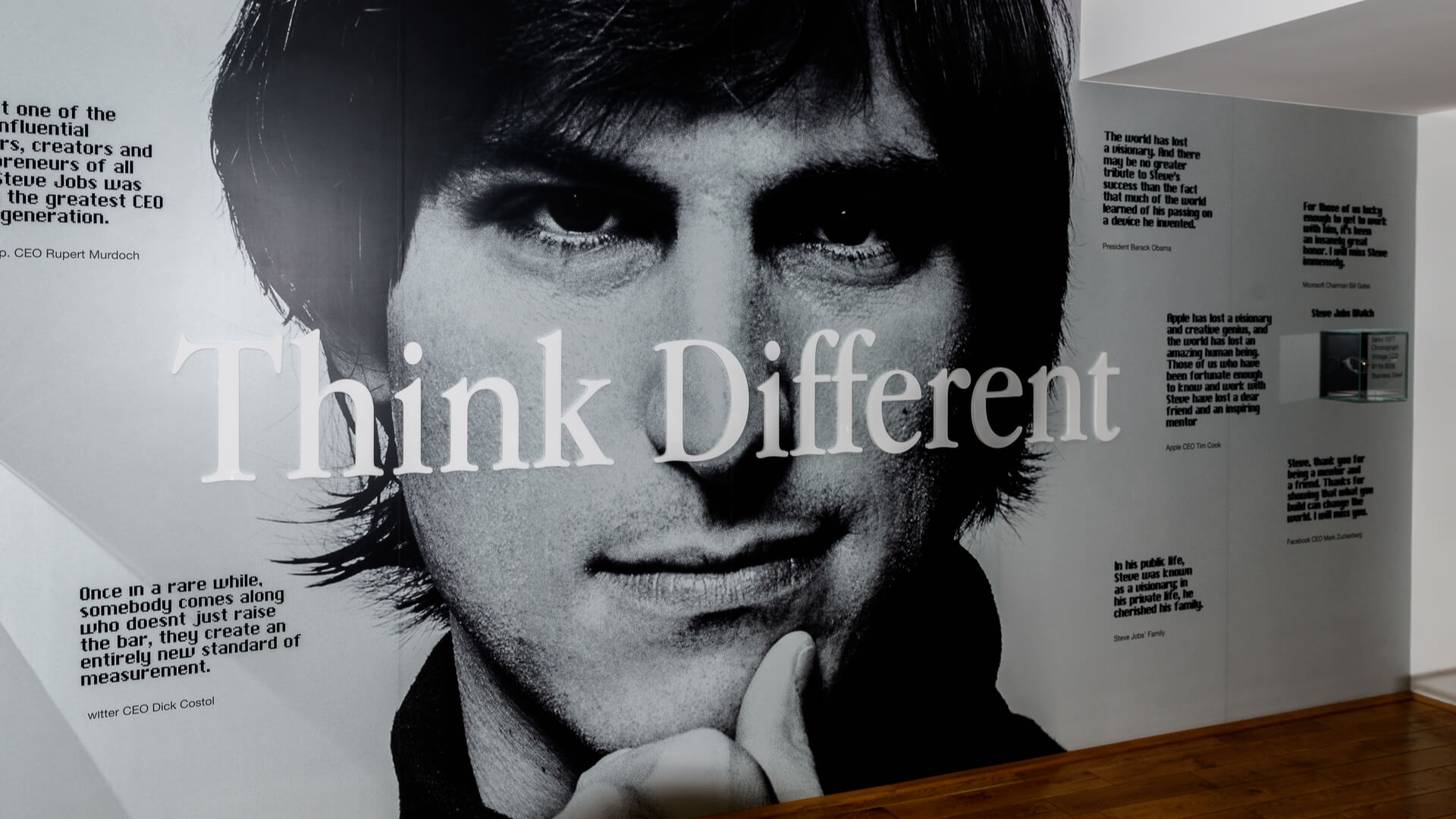Modern “Jobs-to-be-Done” (JTBD) thinking began with the most popular HBR article ever written: Ted Levitt’s “Marketing Myopia.” It begins this way: “Every major industry was once a growth industry. But some that are not riding a wave of growth enthusiasm are very much in the shadow of decline. Others, which are thought of as seasoned ... Read More
Blog Category: Business-to-Business (B2B)
B2B Innovation Fundamentals: The Significance of Market Concentration
In a concentrated market—where there are relatively few customers—B2B innovators should pursue customer engagement as well as market insight. Practical ways to do this include keeping customer objectives in the center, ensuring the interview process is a professional experience, and continuing to engage the customer after the interview. ... Read More
4 Tips for B2B Innovation on a Budget
In a tough economy, B2B producers can follow these 4 tips: 1) Hear the voice of the customer inexpensively, 2) get everyone listening to the customer’s voice, 3) use other people’s knowledge, and 4) alter their training model. ... Read More
Is it Time for a Growth Capability Diagnostic Assessment?
For rapid, profitable, sustainable growth, your goal should be, “Understand and meet customer needs better than anyone else.” These 7 other common paths simply won’t work. Use AIM’s B2B Growth Diagnostic to benchmark your business against average, top quartile, and top decile companies on 25 growth drivers. ... Read More
B2B Sales: Eight Steps to Excellence in the Modern Age
The world of B2B sales techniques can be a confusing landscape. “Confusing” because it’s hard to know when to rely upon traditional B2B sales techniques and when to embrace newer approaches. Certainly, B2B sales are more complex than B2C sales – and despite the information revolution – this complication persists. Many of the current challenges ... Read More
B2B Customer Interviews: Are They Different?
If you are using older voice-of-customer methods (e.g. DFSS or QFD), you’re sub-optimizing. For B2B your methods must achieve 3 goals: 1) collaborate deeply, 2) pre-sell your innovation, and 3) maximize “value capture.” Four B2B approaches are explored here. ... Read More
The B2B interviewer should have two goals: customer insight and customer engagement.
Research shows the best way to sell a product is to probe customers’ needs. But why wait until the product is developed? If you probe beforehand, you’ll create a better product and “pre-sell” your product. This isn’t practical for interviewing millions of B2C toothpaste buyers, but it is for concentrated B2B markets. B2B engagement skills aren’t difficult. Do you have them?
More in 2-minute video at 29. Engage your B2B customers
What Drives B2B Organic Growth? Now we know.
Want to drive rapid, profitable, sustainable growth at your company… and focus on what matters most? This original research taps over 10,000 years of combined experience from 540 B2B professionals. You’ll see which of 24 growth drivers they deemed the most important, and which they were most eager to improve. ... Read More
B2B vs B2C: Why B2B companies have advantages
When you consider B2B vs B2C, which market profession has greater advantages? Business schools offer more B2C courses, consumer research tools abound, and sophisticated marketers at B2C companies like Apple and P&G are held in high esteem. B2B marketers are often engineers or sales reps that were tapped on the shoulder and told to “do ... Read More
Benchmarking for B2B Product Innovation
While VOC is extremely important, the most overlooked practice in B2B product development today is competitive benchmarking. This should be done in the front-end of innovation using 4 steps: 1) Identify outcomes to benchmark, 2) Identify customers’ alternatives, 3) Identify test methods, and 4) Identify benchmark levels (how good is good enough?) ... Read More
Your B2B customers are smarter than you.
It may be OK for consumer goods producers to guess their customers’ needs. After all, their product developers are end-consumers themselves. So if you’re an Apple engineer, you already know what consumers like you want in a mobile phone.
But your B2B customers know much more than you about their needs. If you make pigment, your customers know a lot more than you about the paper production it’s used in. Isn’t it silly to guess their needs when they’d love to tell you… if you asked the right way? That’s why you need to let the customer lead the interview, not you. Yep, you can put your questionnaire or interview guide away now.
More in e-book, Reinventing VOC for B2B
B2B Innovation Leadership – 10 Best Practices
B2B innovation leadership is more than stoplight charts and cost-cutting. To make a real difference a B2b leader will usher in a new era of customer-driven growth. It takes patience, courage, and a commitment to finding the best people and processes. Follow these 10 best practices to lead innovation and change for B2B organic growth. ... Read More
Should you develop new products like Steve Jobs?
People sometimes ask, “Can’t I develop breakthrough products without talking to customers… like Steve Jobs did?” But they are missing some key distinctions between themselves and Steve Jobs… especially if they are B2B producers. ... Read More
Is Your Innovation Supplier-Centric… or Customer-Centric?
To move from supplier- to customer-centric innovation, B2B producers should shift their thinking in four areas: 1) new markets to new supplier, 2) validating hypotheses to uncovering outcomes, 3) competitive products to customer alternatives, and 4) competitive pricing to value creation. ... Read More













